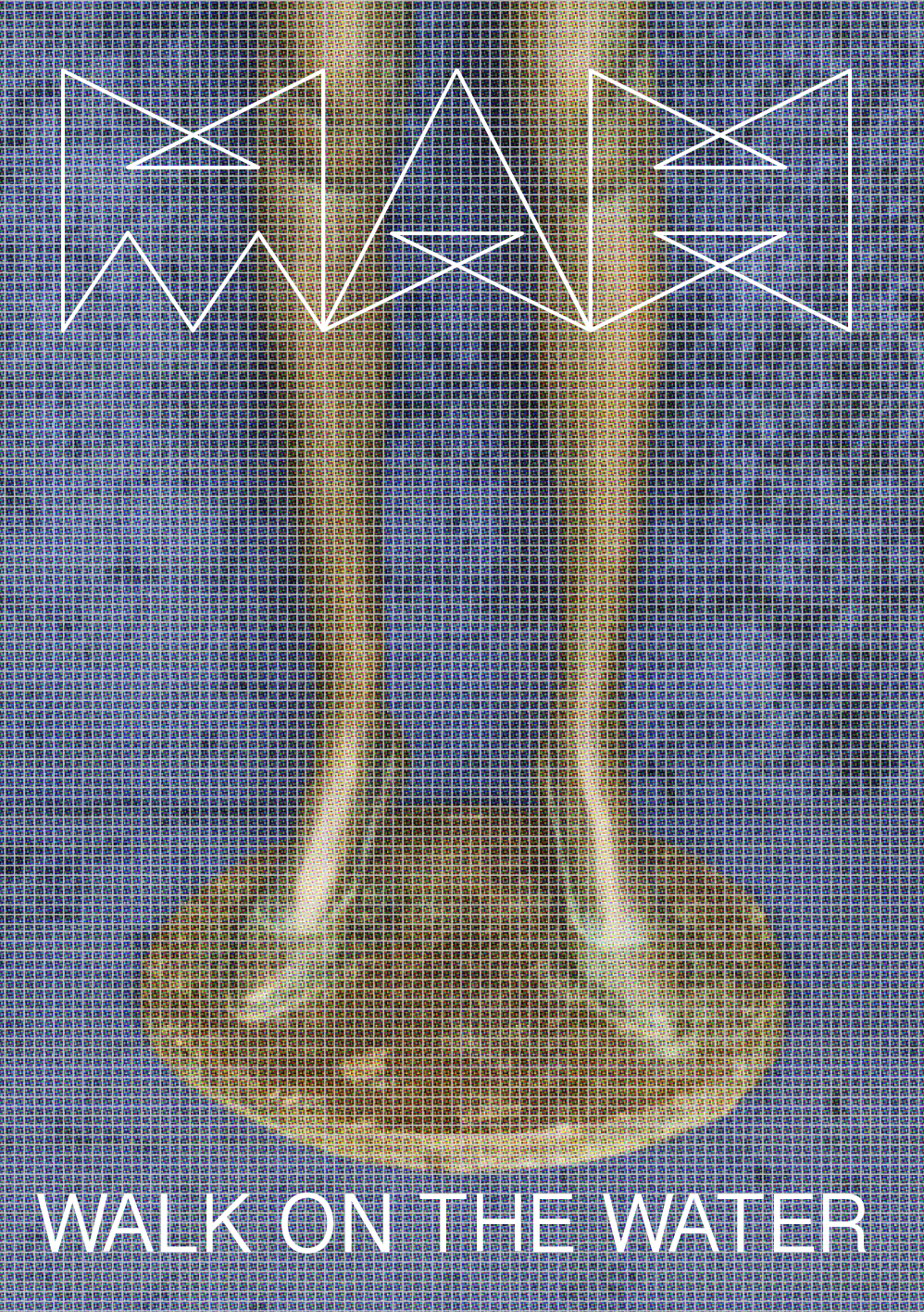
The director of the Musée d’Art et d’Histoire in Geneva exposes his controversial vision for Switzerland’s oldest art collection
Around 100 academics recently signed a petition demanding the dismissal of Musée d’Art et d’Histoire director Marc-Olivier Wahler following, among other things, the institution’s displays of ‘historical nonsense liable to mislead the public’. In Walk on the Water, Wahler argues that he is remaking the home of Switzerland’s oldest art collection as a space that reflects contemporary ways of looking.
That’s achieved, he states, via exhibitions, and more precisely this one, the first in a series of displays that give carte blanche to a visiting personality, in this case Austrian artist Jakob Lena Knebl, to reimagine the collection. In one sense this book is a manifesto; in another a record. Through both Wahler seeks to present curating as a creative act. ‘The more displays are adjusted,’ he proclaims, ‘the more the interpretations are multiplied.’ Before mentioning that mediums and profilers (performing the role of curators) are among the figures on his revolutionary hitlist.

Knebl has a track record of mingling contemporary with historical works. She uses humour and seduction to remove the distance that defines encounters with the objects in museums. Her MAH display includes a nineteenth-century plaster sculpture of Venus at Her Bath (Jean-Jacques Pradier) placed in a shower cubicle, while a blown-up print of a man in bathing trunks from Henri-Edmond Cross’s pointillist painting The Ballaster (1908) appears to leer through the screens. Paintings (dealing with nature) are hung on the walls of garden sheds; a colossal statue of Ramses smirks in a velvet-lined bedroom. The exhibition’s title refers to a 1444 altarpiece by Konrad Witz (featuring Jesus walking on Lake Geneva) and a song by British metal band Deep Purple (recorded by the lake in Montreux). Which is why, reflecting the spirit of the exhibition, the catalogue includes an interview with barefoot water-skier Laurent Albisati.
Also present is Jorge Luis Borges’s short story ‘There Are More Things’ (1975), about a man’s encounter with objects with which he thinks he is familiar, but turn out to be the stuff of nightmares. The point according to Knebl is to find out whether your response to the new is to run away or find out more.
Walk on the Water, edited by Marc-Olivier Wahler, is published by Musée d’Art et d’Histoire de la Ville de Genève